The great tutorial at how to extract formula from coxph model summary in R? shows how to summarize univariate cox ph results for a list of variables; however, this code only works for continuous or binary covariates. If you have a categorical variable such as race, with 3 or more levels, the code fails.
For example, let's randomly assign a race.
race<-c("White", "Black","Other")
lung$race<-sample(race,12,replace = TRUE)
covariates <- c("race","age", "sex", "ph.karno", "ph.ecog", "wt.loss")
univ_formulas <- sapply(covariates,
function(x) as.formula(paste('Surv(time, status)~', x)))
univ_models <- lapply( univ_formulas, function(x){coxph(x, data = lung)})
# Extract data
univ_results <- lapply(univ_models,
function(x){
x <- summary(x)
p.value<-signif(x$wald["pvalue"], digits=2)
wald.test<-signif(x$wald["test"], digits=2)
beta<-signif(x$coef[1], digits=2);#coeficient beta
HR <-signif(x$coef[2], digits=2);#exp(beta)
HR.confint.lower <- signif(x$conf.int[,"lower .95"], 2)
HR.confint.upper <- signif(x$conf.int[,"upper .95"],2)
HR <- paste0(HR, " (",
HR.confint.lower, "-", HR.confint.upper, ")")
res<-c(beta, HR, wald.test, p.value)
names(res)<-c("beta", "HR (95% CI for HR)", "wald.test",
"p.value")
return(res)
#return(exp(cbind(coef(x),confint(x))))
})
res <- t(as.data.frame(univ_results, check.names = FALSE))
as.data.frame(res)
The final output fails because the univariate results for race have a different number of dimensions.
I have found that I can extract the HR for the individual levels in this way:
coef(summary(coxph(Surv(Time,status) ~ Race, data=dataset)))[,2]
However, when I try and include this as an item in the data frame, my code breaks down. I would greatly appreciate any assistance. I have done quite a bit of googling and banging my head against the wall.
Thank you in advance.
